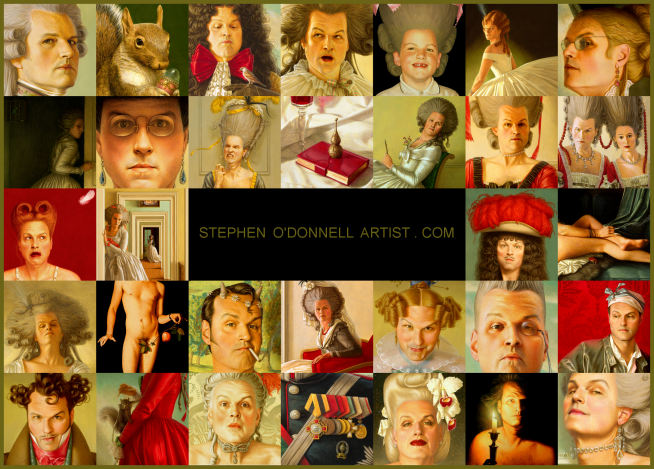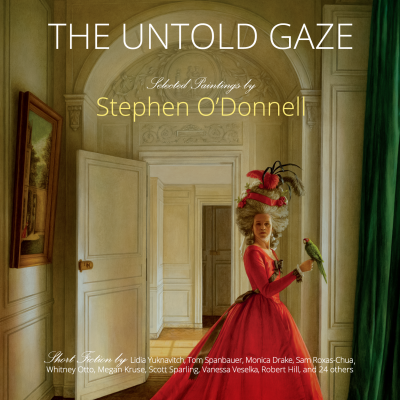 |
| King Christian VIII, 1845. |
Christian VIII (18 September 1786, Christiansborg Palace, Copenhagen – 20 January 1848, Amalienborg Palace, Copenhagen), King of Denmark from 1839 to 1848 and, as Christian Frederik, King of Norway in 1814. He was given a thorough and wide-ranging education with exposure to the artists and
scientists who were attached to the court of his father, the future Frederick VI. Talented, amiable, and handsome, he was very popular in Copenhagen. He first married his cousin Duchess Charlotte Frederica of Mecklenburg-Schwerin in 1806. Their first-born son was born and died the following year, but their second son would succeed his father as Frederik VII. The marriage was dissolved by divorce in 1810 after Charlotte Frederica was accused of adultery. He married his second wife, Princess Caroline Amalie of Schleswig-Holstein-Sonderburg-Augustenburg, five years later. The couple was childless and lived in comparative
retirement as leaders of the literary and scientific society of
Copenhagen until Christian ascended the throne of Denmark. Christian also had ten extramarital children, for whom he carefully provided.
Denmark and Norway were a united kingdom for almost three hundred years, but in 1814, in the confusion and turmoil of the waning of Napoléon's domination of Europe, even though Christian's father, a great ally of Napoléon, now sat on the throne of Denmark, Cristian was elected King of Norway. Which he remained for not quite three months. (After his abdication and return to Denmark, Norway joined with Sweden in a joint kingdom which lasted until 1905, when Norway became independent - and elected a Danish prince as their new king.) On his ascension to the throne of Denmark twenty-five years later, the Liberal party had high hopes for the new régime. In the past, Christian had displayed clearly liberal sympathies, but now he changed direction and firmly resisted the demands of the advocates of a constitutional régime. He proved a hesitant ruler who did his best to ignore the political rumblings that would erupt all over Europe in the year of his death. Christian
did have to act decisively to avert a
succession crisis - his only legitimate son, the future Frederik VII, was
married three times, had produced no legitimate issue, and was now unlikely to beget heirs - so, eventually, with the approval of Europe's Great Powers, in 1852 a niece of Christian's and her husband were chosen as the eventual successors to the Danish throne. But the King, himself, had died four years before of blood poisoning at the age of sixty-one.
 |
| 1848. |
***
 |
| King Frederik VII, 1851. |
Frederik VII (Frederik Carl Christian: 6 October 1808, Copenhagen – 15 November 1863, Glücksburg), King of Denmark from 1848 to 1863, he was the last Danish monarch of the older royal branch of the House of Oldenburg and also the last to rule as an absolute monarch. During his reign, he signed a constitution that established a Danish parliament and made the country a constitutional monarchy.
Only two years old when his parents
divorced, he had a rather neglected childhood. He, himself, would be married three times. A few weeks after his twentieth birthday he married for the first time, to his second cousin Princess Vilhelmine Marie of Denmark. They separated in 1834 and divorced three years later. In 1841 he married for a second time, to Duchess Caroline Charlotte Mariane of Mecklenburg-Strelitz, whom he divorced in 1846. There was no issue from either marriage. As Crown Prince, Frederik lived a quite publicly scandalous lifestyle and was known to be a heavy drinker. He was accused of much infidelity during his first two marriages, but he appears to have produced no illegitimate offspring, the assumed cause his infertility. Another rumor put forth is that he may have been bi-sexual and that he was in a long-term relationship with his great friend, publisher Carl Berling. Berling had had an illegitimate child with former ballet dancer Louise Christine Rasmussen in 1841 and Frederik was very attached to the child. After Frederik became king, Berling became a court chamberlain, and a year and a half after his accession, Frederik married Louise morganatically, creating her Countess Danner. Whatever the circumstances of their union, the marriage caused a great scandal and the Countess was shunned in royal and aristocratic circles. The couple were happy together though, and his wife appears to have been a stabilizing influence on her husband.
Soon after coming to the throne Frederik granted Denmark a constitution and from then on ruled as a constitutional monarch, though he continued to meddle in politics. The biggest, lingering concern of his reign was the Schleswig-Holstein Question, whether the duchies were part of the dominion of the Danish crown or should become independent entities within the German Confederation. (The question was only resolved in 1864, when Frederik's successor was forced to renounce his rights to the duchies in favor of Prussia and Austria; two years later, it all went to Prussia. Today, Northern Schleswig is a part of Denmark, while the remainder, as Schleswig-Holstein, is a state of Germany.)
As mentioned above, Frederik's father Christian VIII, fearing for the succession due to the childless state of his only son, had instigated proceedings to ensure it. Finding an eligible relative was an extremely complicated matter but, finally, two were found: Frederik's cousin Princess Louise of Hesse-Kassel and her husband and second cousin, Prince Christian of Glücksburg, a member of a junior line of the Danish royal family. (They are the founders of the current Danish royal dynasty and through their descendants the ancestors of
many of the royal and aristocratic families of Europe.) This was all finalized by the London Protocol of 1852, by which time Frederik had been on the throne for four years. Considering the circumstances, the relationship between the King and his successors remained understandably tense until his death eleven years later following an attack of erysipelas at the age of fifty-five.
 |
| 1861. |
***
Johan Vilhelm Gertner (10 March 1818 – 28 March 1871), Danish painter, best known for his portraiture. One of the last students of Christoffer Wilhelm Eckersberg,
Gertner belonged to the waning days of the Danish Golden Age, a period during
which Danish art moved towards a more realistic style, relying on
inspiration both from French Realism and emerging photographic techniques. Gertner was born the son of a craftsman at the Holmen naval base. He attended the Royal Danish Academy of Fine Arts from 1831 to 1837 and, later, he was a professor there beginning in 1858.


























































